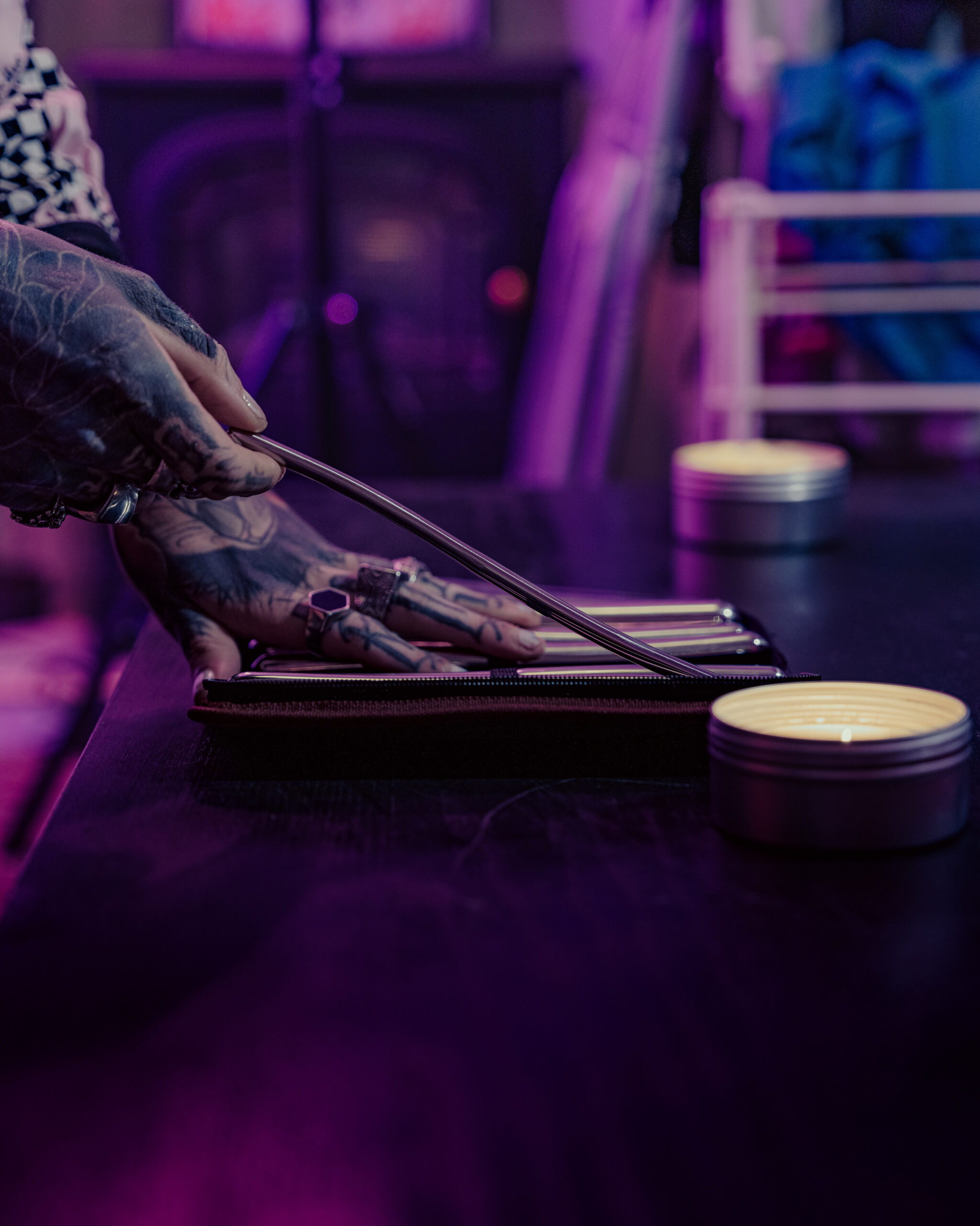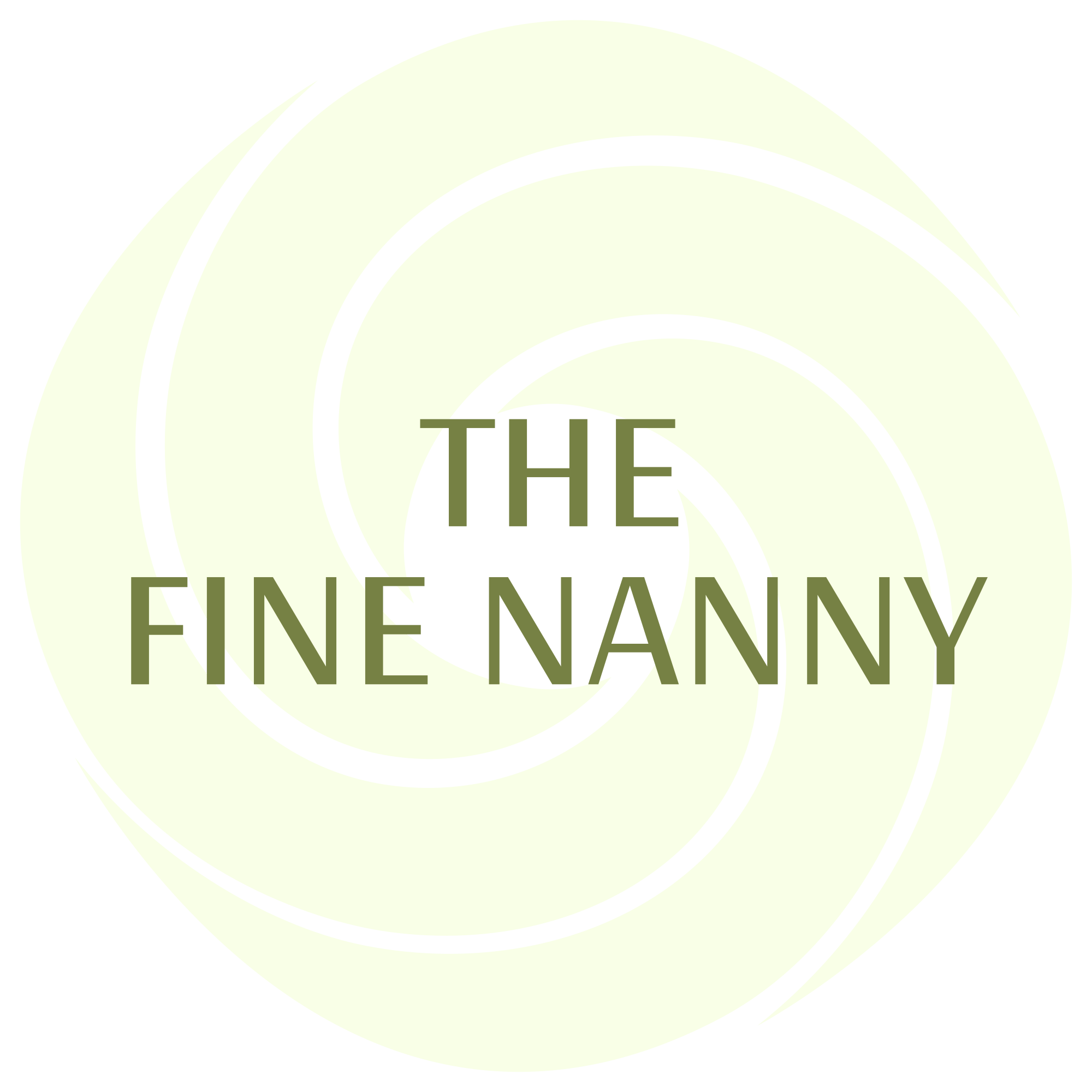What is Teasing Fetish?
The teasing fetish is a complex and multifaceted aspect of human desire, where the anticipation and buildup of sensual pleasure takes center stage. It’s an integral part of intimate relationships, allowing partners to engage in a delicate dance of seduction and arousal. By strategically withholding affection or intimacy, one individual can create a heightened state of tension in their partner, making the ultimate surrender of touch or pleasure all the more satisfying.
Definition and Overview
A teasing fetish is a type of sexual fascination that involves the act of tantalizing or provoking another person, often through playful banter, flirting, or suggestive behavior. This can be done in various contexts, such as romantic relationships, friendships, or even online interactions.
At its core, a teasing fetish revolves around the thrill of anticipation and the buildup of tension before a climax. It’s about creating an air of mystery, uncertainty, and intrigue, which can lead to a more intense and satisfying experience for all parties involved.
The definition of a teasing fetish is closely tied to the concept of “playing hard to get” or “dishing it out but not taking it.” This means that one person (the teaser) takes on the role of the provocateur, leaving the other person (the recipient) in a state of heightened arousal and desire.

A teasing fetish can manifest in various ways, such as through verbal cues like flirting or witty banter, non-verbal signals like body language or facial expressions, or even physical contact like gentle touches or caresses. The key is to create an atmosphere of playful, suggestive tension that builds over time until it reaches a satisfying climax.
For those who engage in teasing fetishes, the experience can be incredibly rewarding. It allows for a deep sense of connection and intimacy with their partner, as they navigate the fine line between provocation and restraint. The anticipation and suspense created by the teaser’s behavior can also lead to increased excitement and arousal for the recipient.
Types of Teasing
Teasing fetish is a type of sensual play that involves the deliberate act of tantalizing or enticing another person, often with the intention of building anticipation and excitement. This can involve various forms of playful provocation, such as flirting, innuendos, or suggestive behaviors, designed to tease the senses and create a sense of longing or desire.
There are several types of teasing in language English that can be employed in a sensual play context. Some common examples include:
Baiting: This involves offering subtle hints or suggestions of pleasure, only to withdraw or deny them, leaving the other person in a state of heightened anticipation.

Flirting: This type of teasing involves playful banter, often with a flirtatious or seductive tone, designed to build a sense of excitement and desire.
Petting: This can involve gentle, tantalizing touch, such as stroking or caressing, which can be withdrawn or slowed down at the last moment, leaving the other person wanting more.
Verbal Teasing: This involves using words to create a sense of anticipation and desire, such as making suggestive comments, using erotic language, or playing with the other person’s emotions.
These forms of teasing can be used in a variety of sensual play contexts, including seduction, intimacy, and even role-play scenarios. When done skillfully and respectfully, teasing can be a powerful tool for building desire and creating a sense of excitement and anticipation.
History and Cultural Significance
A teasing fetish refers to a type of fetish or sexual interest that involves the act of teasing, or tantalizing, another person before engaging in sensual or intimate activities. This can include various forms of playful provocation, such as light touching, suggestive comments, or deliberate withholding of affection or intimacy.
The history of teasing fetishes is not well-documented, but it is believed to have originated from ancient cultures where courtship and seduction were often played out through a series of verbal and physical cues. In these contexts, the art of teasing was seen as a way to build anticipation and excitement before ultimately succumbing to romantic or sexual advances.
In modern times, the teasing fetish has evolved to encompass a wide range of subcultures and communities. Online forums and social media platforms have provided a space for individuals to share their experiences and explore the complexities of this type of fetish.
The cultural significance of the teasing fetish lies in its ability to create a sense of anticipation and excitement, building emotional intimacy between partners before physical contact. This can be particularly appealing in relationships where communication and trust are key.
In some cases, the teasing fetish has been associated with power dynamics and control issues. When one partner feels that they have more power or agency in the relationship, this can lead to feelings of dominance and submission, which can be a source of excitement and arousal for some individuals.

However, it is essential to approach the teasing fetish with sensitivity and respect. Teasing should never involve genuine emotional distress or harm, and clear communication between partners is crucial to ensure that both parties are comfortable and consenting throughout the process.
In conclusion, the teasing fetish represents a complex and multifaceted aspect of human desire and intimacy. By exploring its history, cultural significance, and complexities, we can gain a deeper understanding of this intriguing topic and promote healthier attitudes towards sensual play and relationships.
The Psychology Behind Teasing
The act of teasing has long been a staple of intimate relationships, but beneath its surface-level connotation as mere banter or playful jabs lies a complex web of psychological dynamics. For those who incorporate teasing into their sensual play, the thrill of anticipation can be a potent catalyst for arousal and connection. This phenomenon speaks to a deeper fascination with the ebb and flow of emotional tension, where the delicate balance between push and pull can create a sense of excitement and vulnerability.
The Role of Anticipation in Sexual Arousal
The art of teasing has been a cornerstone of sensual play for centuries, and its allure shows no signs of fading. But what drives our fascination with this subtle yet potent form of seduction? At its core lies the psychology of anticipation, which plays a significant role in triggering sexual arousal. When someone is teased, their mind is filled with questions and uncertainty, creating a sense of tension that can be incredibly erotic.
The thrill of not knowing what’s coming next is a powerful aphrodisiac, releasing a cocktail of neurotransmitters including dopamine, adrenaline, and endorphins. This anticipatory response is closely tied to the brain’s reward system, which associates the uncertainty with pleasure and excitement. As our minds wander with possibilities, we become increasingly invested in the outcome, our emotions simmering just below the surface.
But teasing is more than just a clever way to build anticipation – it’s also an act of vulnerability and intimacy. When one person takes on the role of teaser, they’re making themselves available for the other to explore and discover their desires. This can create a deep sense of trust and connection, as both parties surrender to the thrill of the unknown.
Furthermore, teasing can be a way to reawaken our natural instincts and primal urges. By denying ourselves pleasure or succumbing to anticipation, we tap into a part of ourselves that’s deeply rooted in our evolutionary past. This can lead to a sense of liberation and empowerment, as we rediscover the simple yet profound pleasure of being desired.
In sensual play, teasing is not just a means to an end – it’s an art form in its own right. When done with intention and awareness, it can be a powerful tool for building intimacy, trust, and desire. By harnessing the psychology of anticipation, we can unlock new levels of pleasure and connection, revealing the thrill of teasing as a truly sensual experience.
The Impact of Teasing on Trust and Intimacy
The art of teasing has been a staple in human relationships for centuries, and its significance extends beyond mere playful banter. At its core, teasing is about the thrill of anticipation, the dance between power dynamics and vulnerability. When done skillfully, teasing can be a potent tool in building trust and intimacy, but when taken too far, it can have devastating consequences on our emotional well-being.
Research in psychology has shed light on the complex dynamics at play during teasing interactions. According to attachment theory, teasing is often a manifestation of our deep-seated need for emotional connection and validation. When we tease someone, we’re not just playfully challenging them; we’re also testing their ability to respond, to take the bait, and to prove themselves worthy of attention.
However, when teasing crosses the line into harassment or bullying, it can irreparably damage our trust and intimacy with others. The constant feeling of being on edge, never knowing what will set off the next round of teasing, can lead to anxiety, self-doubt, and even depression. This phenomenon is often referred to as “emotional labor,” where one individual feels forced to constantly manage their emotions in order to avoid conflict or rejection.
Furthermore, the power dynamics at play in teasing interactions can be deeply ingrained, perpetuating cycles of dominance and submission. When we’re on the receiving end of constant teasing, it can feel like we’re trapped in a never-ending cycle of humiliation and degradation. This can lead to feelings of resentment, anger, and even violence – as our desire for control and validation is met with an absence of empathy or compassion.
Ultimately, the psychology behind teasing reveals a complex interplay between power dynamics, vulnerability, and emotional connection. While teasing can be a valuable tool in building intimacy and trust, it’s essential to approach such interactions with sensitivity, respect, and a deep understanding of the other person’s boundaries and needs. By doing so, we can harness the thrill of anticipation without sacrificing our emotional well-being or relationships.
Personality Traits and Teasing Preferences
The art of teasing can be a highly effective tool in sensual play, but what drives individuals to indulge in this behavior? Research suggests that teasing is often linked to personality traits such as confidence, dominance, and a desire for power. Those who enjoy teasing tend to possess high levels of self-assurance, which enables them to assert control over the situation and manipulate their partner’s emotions. This can create a thrilling dynamic, as the person being teased feels a mix of excitement and anxiety.
Teasing preferences can also be influenced by individual differences in attachment styles and emotional regulation. Those with an anxious or insecure attachment style may find themselves drawn to teasing as a way to re-experience feelings of safety and control in a relationship. Conversely, individuals with a more secure attachment style may prefer teasing that is playful and light-hearted, without any underlying aggression or resentment.
Additionally, certain personality traits such as Machiavellianism and narcissism have been linked to a preference for teasing and other forms of manipulation. These individuals often possess high levels of emotional intelligence, allowing them to expertly read their partner’s emotions and respond in a way that maximizes the thrill and excitement of the situation.
It’s also worth noting that cultural and societal norms can play a significant role in shaping our preferences for teasing. For example, some cultures may view teasing as a way to build intimacy and strengthen relationships, while others may see it as a form of aggression or disrespect. Understanding these nuances is essential for creating a mutually enjoyable and consensual experience.
Ultimately, the psychology behind teasing reveals a complex web of motivations, desires, and preferences that can vary greatly from person to person. By embracing this complexity and communicating openly with our partners, we can unlock new depths of connection and intimacy in our relationships.
Safety and Consent in Teasing Play
Safety and consent are paramount components in all forms of intimate play, particularly when exploring desires centered around teasing as a fetish. This type of play, which involves giving and receiving pleasure through gentle, suggestive, and often tantalizing means, can be incredibly arousing for those involved, but it requires careful consideration to ensure that all parties are comfortable, informed, and willing participants.
Risks and Consequences of Teasing without Consent
Teasing play can be a thrilling and intimate form of sensory exploration, but it’s essential to prioritize safety and consent above all else. When engaging in teasing play, particularly those with fetish interests, it’s crucial to understand the fine line between playful banter and crossing into unwanted or coercive territory.
This is where open communication and clear boundaries come into play. Establishing a safe word or signal can help prevent situations from escalating beyond someone’s comfort level. It’s also vital to consider power dynamics at play, ensuring that both parties are on equal footing and that neither feels pressured or coerced into engaging in activities they’re not comfortable with.
Risks associated with teasing without consent can be severe, ranging from emotional distress and feelings of vulnerability to physical harm and even long-term psychological trauma. Ignoring these risks and pushing someone’s boundaries without their explicit permission can have lasting consequences on the relationship and the individuals involved.
- Unwanted advances can lead to feelings of anxiety, depression, or post-traumatic stress disorder (PTSD) in some individuals.
- Lack of clear boundaries can create power imbalances, where one partner feels forced into participating or feeling pressured into giving consent.
- Teasing without consent can damage trust and relationships, making it challenging for partners to engage in intimate activities or communicate openly about desires and boundaries.
By prioritizing safety, respect, and open communication, individuals can navigate the thrill of teasing play with confidence and care. This includes being mindful of nonverbal cues, respecting personal boundaries, and creating a safe space for mutual exploration and enjoyment. When done thoughtfully and with consideration for the other person’s comfort and desires, teasing play can be a powerful tool for building intimacy and connection.
Establishing Boundaries and Safe Words
The art of teasing can be a thrilling and intimate aspect of sensual play, but it’s essential to approach this type of interaction with sensitivity and respect for one’s partner’s boundaries and desires.
Safety and consent are paramount when engaging in teasing play, as the line between playful banter and hurtful manipulation can be thin. Establishing clear boundaries and communication with your partner is crucial in ensuring that both parties feel comfortable and enthusiastic about the interaction.
A key aspect of safe teasing is the use of a “safe word” or signal, which allows either party to immediately halt the play if they become uncomfortable or overwhelmed. This can be a pre-agreed upon word, phrase, or gesture that serves as a clear indicator that the other person needs space or wants to stop.
Another essential aspect of safe teasing is respect for one’s partner’s boundaries and desires. This means being aware of non-verbal cues, such as body language and tone of voice, and actively seeking explicit consent before engaging in any play that might be uncomfortable or intrusive.
Establishing a culture of open communication and mutual respect is vital when it comes to teasing play. This involves actively listening to your partner’s needs and desires, and being willing to adjust your approach if they become uncomfortable or want to slow down.
In addition to using safe words and respecting boundaries, it’s also important to be aware of power dynamics at play in any intimate interaction. Teasing can be a form of playful dominance, but it’s essential to recognize the potential for imbalance and take steps to ensure that both parties feel empowered and comfortable throughout the interaction.
Negotiating Power Dynamics in Teasing Interactions

Teasing can be a thrilling and intimate form of play, but it’s essential to prioritize safety and consent in these interactions. Teasing, by its nature, involves playful but sometimes subtle manipulation or provocation, which can be overwhelming or even uncomfortable for one partner if not managed carefully.
It’s crucial to establish clear boundaries and communicate openly with your partner about what feels good and what doesn’t. This includes discussing specific triggers, limits, and desires beforehand, as well as during the interaction.
- Safe Words: Establish a safe word or phrase that either of you can use to pause or stop the teasing at any time.
- Power Dynamics: Be aware of the power dynamics in your relationship and how they may impact the teasing interaction. Make sure both partners are comfortable with the level of playfulness and intensity.
- Reading Body Language: Pay attention to your partner’s body language and verbal cues, and be willing to adjust the tease accordingly. If you notice any signs of discomfort or distress, stop immediately.
A healthy teasing interaction is built on mutual respect, trust, and open communication. By prioritizing safety and consent, you can create a thrilling and sensual experience that leaves both partners feeling satisfied and connected.
Practical Tips for Engaging in Teasing Play
The art of teasing play can be a potent catalyst for sensual exploration, unleashing a torrent of anticipation and arousal in both the giver and receiver. At its core, teasing involves the strategic deployment of subtle provocations, gentle reminders of desires yet to be fulfilled, and skillful manipulation of boundaries. When done thoughtfully, this type of play can weave a complex tapestry of emotional and physical tension, culminating in explosive moments of release and connection.
Building Anticipation through Communication
Practical Tips for Engaging in Teasing Play, Building Anticipation through Communication
Building anticipation is an essential aspect of teasing play, and effective communication can make all the difference. Here are some practical tips to help you engage in sensual and playful interactions with your partner:
- Start with subtle hints: Use body language and tone of voice to give your partner subtle hints about what’s to come. A raised eyebrow or a sly smile can be enough to spark their curiosity.
- Create a sense of expectation: Build anticipation by consistently following through on small promises or teases, even if it’s just something as simple as “I’ll get to you later.”
- Use verbal cues: Use specific words or phrases to signal what you’re going to do next. For example, you could say “in five minutes” or “soon” to give your partner a sense of time to anticipate.
- Be unpredictable: Mix up the pace and tone of your interactions to keep your partner guessing. This will help build anticipation and make the experience more thrilling.
- Read your partner’s cues: Pay attention to your partner’s body language and verbal responses. If they seem particularly aroused or excited, you can use this as an opportunity to tease them further.
- Tease in context: Make sure to consider the specific context of the situation. For example, if you’re in a public place, you may want to scale back on your teasing to avoid drawing attention.
Building anticipation through communication can be a powerful tool in sensual play, and by incorporating these practical tips into your interactions, you can create a more thrilling and engaging experience for yourself and your partner.
The Art of Gentle Provocation and Playful Misdirection
Teasing fetish can be a highly effective way to build anticipation and excitement in sensual play. When done correctly, it can create a thrilling experience for all parties involved. One key aspect of teasing is to understand the boundaries and desires of your partner, and tailor your approach accordingly.
The art of gentle provocation involves finding a delicate balance between encouragement and discouragement. This can be achieved by using subtle verbal cues, such as flirty comments or playful insults, to create a sense of tension and curiosity. It’s also essential to pay attention to non-verbal cues, such as body language and tone of voice, to gauge your partner’s level of interest and arousal.
Playful misdirection is another technique used in teasing play. This involves distracting or diverting your partner’s attention away from the desired activity, only to redirect it back to the original intention. For example, you might start by giving a suggestive massage, then suddenly stop and say “no, no, I’m not allowed to touch that.” This can create a sense of anticipation and excitement, as your partner tries to figure out what’s going on.
A final tip for engaging in teasing play is to be mindful of the power dynamics at play. Teasing can sometimes be used as a form of control or manipulation, so it’s essential to ensure that both parties are comfortable with the exchange and can consent freely. By being attentive to these dynamics, you can create a truly mutual and enjoyable experience for everyone involved.
Transitions and Cues: Managing the Teasing Play Experience
The art of teasing play can be a delicate dance, balancing the thrill of anticipation with the satisfaction of release. For those who engage in this form of sensual play, understanding how to manage the experience is crucial for building trust, creating intimacy, and fostering a deeper connection with one’s partner.
One key aspect of managing the teasing play experience is setting clear boundaries and cues. This can include verbal warnings, non-verbal hints, and physical cues such as gentle touch or soft whispers. Establishing a system of communication that works for both partners can help prevent misunderstandings and ensure that everyone involved is on the same page.
Another important aspect of teasing play is pacing oneself. Building anticipation and tension takes time, but it’s essential to avoid overwhelming one’s partner with prolonged periods of suspense. Pay attention to non-verbal cues, such as body language and breathing patterns, to gauge the level of arousal and adjust the pace accordingly.
Practitioners can also use transitions to shift between different modes of play, adding variety and keeping the experience fresh. This might involve moving from verbal teasing to physical touch or vice versa, or experimenting with different sensory stimuli such as temperature or texture.
Creating a safe and comfortable environment is also vital for engaging in teasing play. This can include choosing a private setting where both partners feel relaxed and secure, using soothing music or scents to create a calming atmosphere, and establishing clear rules and guidelines for the experience.
Finally, it’s essential to prioritize mutual consent and respect during any form of sensual play. Both partners should be fully informed and willing participants, with no pressure or coercion involved. By focusing on these key aspects, individuals can cultivate a thrilling and enjoyable teasing play experience that leaves everyone feeling satisfied and fulfilled.
Tips for Exploring Teasing in Different Contexts

The art of teasing can be a powerful tool in sensual play, igniting a thrill of anticipation that can leave partners wanting more. When used effectively, teasing can heighten arousal, build intimacy, and create a sense of connection. But what makes teasing so effective, and how can it be applied in different contexts to maximize its impact? From playful banter to seductive games, exploring the various forms of teasing can add a new level of excitement and pleasure to any intimate encounter.
Teasing in Romantic Relationships
To effectively explore teasing in different contexts, including romantic relationships, it’s essential to understand its nuances and power dynamics at play.
Teasing can be a delicate art, as it requires a deep understanding of the recipient’s boundaries, desires, and comfort level. In a romantic relationship, teasing should never cross into humiliation or degradation, but rather be used to build intimacy, trust, and excitement.
In the context of sensual play, teasing can be a powerful tool for creating anticipation and arousal. This can involve subtle hints and suggestions, playful Provocations, or more overt displays of flirtation. The key is to walk the line between teasing and genuine affection, leaving room for the recipient to interpret and respond accordingly.
Effective teasing in romantic relationships also requires active listening and empathy. Paying attention to your partner’s body language, tone of voice, and verbal cues can help you tailor your approach to their unique needs and desires.
Another crucial aspect of exploring teasing in different contexts is communication. Establishing clear boundaries, discussing desires, and being receptive to feedback are all essential components of healthy and consensual teasing.
Furthermore, it’s vital to recognize that teasing can take many forms beyond physical interactions, including verbal exchanges, email flirtations, or social media banter. Each context requires a unique approach, taking into account the specific dynamics at play and the recipient’s comfort level.
Teasing in Casual Encounters or Hookups
The art of teasing can be a powerful tool in sensual play, adding an element of anticipation and excitement to intimate encounters. When done correctly, teasing can build desire and arousal, making the payoff even more satisfying. However, it’s essential to approach teasing in different contexts with sensitivity and understanding.
In casual encounters or hookups, teasing can be a way to keep things fresh and exciting. A gentle touch, a whispered promise, or a playful jab can keep the partner engaged and interested. To use teasing effectively in these situations, focus on creating a sense of anticipation and building desire through subtle suggestions and half-promises.
In more committed relationships, teasing can be a way to reconnect and rekindle passion. A well-timed flirtation, a playful argument, or a sensual tease can bring back the spark and create a sense of intimacy. To use teasing in these situations, pay attention to your partner’s desires and boundaries, and be mindful of how your words and actions might impact their emotions.
In all cases, it’s crucial to respect your partner’s limits and boundaries. Teasing should never be used as a form of manipulation or control, but rather as a way to add excitement and variety to the encounter. Communication is key, so make sure to check in with your partner regularly to ensure they’re comfortable and enjoying the teasing.
Additionally, consider the context and setting when using teasing. A private, intimate space can be ideal for exploring playful banter, while a more public setting may require a different approach. Be mindful of your surroundings and adjust your teasing accordingly to avoid making anyone uncomfortable.
Ultimately, the art of teasing is about creating a sense of anticipation and excitement, rather than simply trying to shock or provoke. By focusing on building desire and arousal, you can add a new dimension to your intimate encounters and create unforgettable experiences with your partner.
Using Teasing as a Tool in BDSM and Kink Play
Teasing can be a powerful tool in various contexts, including BDSM and kink play. When used effectively, it can create a thrilling dynamic of anticipation and release, leaving participants wanting more.
In romantic relationships, teasing can be a delicate art that requires care and attention to the other person’s boundaries and desires. A well-timed tease can build anticipation and excitement, but it’s essential to avoid crossing the line into disrespect or hurtful behavior. For example, a gentle brush of fingers against the skin or a whispered promise can send shivers down the spine, while a more aggressive or invasive approach can lead to discomfort and mistrust.
In BDSM and kink play, teasing is often used as a primary means of building anticipation and arousal before a more intense activity. A dominant partner might use verbal cues, such as “soon” or “yet,” to build tension in the submissive’s body, or they might use physical sensations, like a light touch or a soft caress, to heighten their sensitivity. The key is to create a sense of expectation and longing without revealing too much too soon.
For those exploring kink play, it’s essential to establish clear boundaries and protocols before engaging in teasing behavior. This includes discussing what types of sensations are comfortable and enjoyable for both partners, as well as establishing safe words or signals that can be used to stop the tease at any time. Additionally, being aware of power dynamics and ensuring that no one is feeling coerced or pressured into participating.
Ultimately, teasing is a highly personal and context-dependent aspect of human experience. When approached with sensitivity, care, and respect for boundaries, it can become a powerful tool for building connection, intimacy, and arousal in both romantic relationships and kink play.
Buy anal douches for cleanliness and comfort at Peaches and Screams Buy jiggle balls and love eggs for internal pleasure at Peaches and Screams Buy spankers and ticklers for playful sensation at Peaches and Screams Buy cheap sex toys for under 30 pounds at Peaches and Screams Buy non-latex condoms for a sensitive choice at Peaches and Screams Shop Love Botz products for fun and unique pleasure at Peaches and Screams
Elizabeth Rohrbaugh Melissa J Design Tattoo Culture Magazine Back to Work Experts
- Teasing Fetish: The Thrill Of Anticipation In Sensual Play - January 2, 2025
- Understanding Compersion In Open Relationships - December 20, 2024
